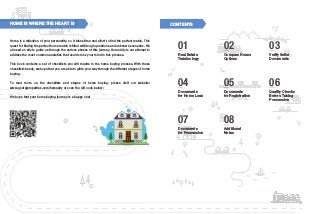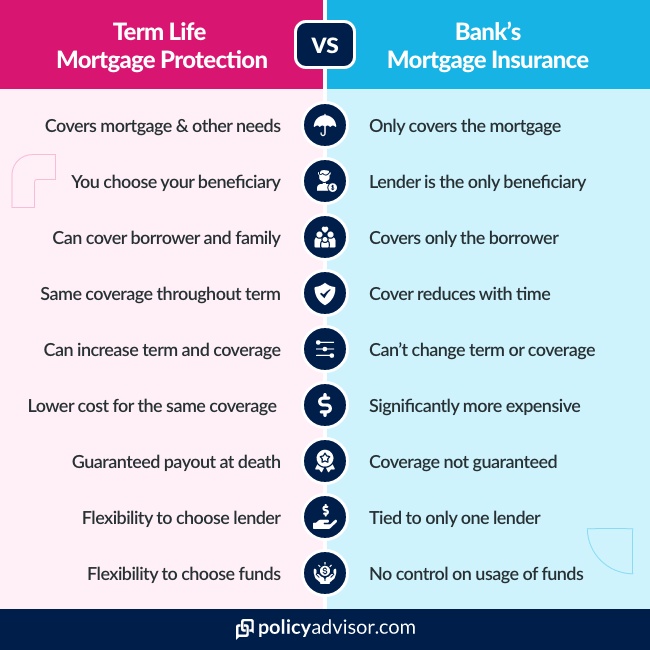
The 80-10-10 loan is a type of mortgage that allows borrowers who don't have 20% down payment to avoid PMI. They are also able to purchase a very expensive home without needing to obtain a large loan. The main drawback to this loan is the requirement for two mortgages.
Piggyback Loans
Piggyback mortgages are a type if mortgage that allows you a lower downpayment for your new property. The 80-10-10 Loan requires only 10% downpayment, unlike other types. Mortgage insurance may be required for the loan. If you are able to repay the loan on time and have good credit, this mortgage loan may be a good option.
A piggyback mortgage consists of two types liens. The first lien is a fixed-rate mortgage, which covers up to 80%. The second lien is a Home Equity Line of Credit (HELOC). Home equity loans of credit (HELOCs), are similar to credit card but do not charge interest and can be paid off at any moment.
Jumbo loans
With 80-10-10 loans, borrowers can buy larger homes with a smaller downpayment. This allows them to avoid the strict guidelines that are involved with jumbo loans. The monthly payment will be significantly reduced by not having to pay 20% of your home's value. They can instead pay as low as 10%. These loans are perfect for people who are in financial distress or those who can't afford the down payment on a conventional loan.

The loan limit for jumbo mortgages varies from lender to lender but is usually greater than $647,000. The limit for Hawaii or Alaska is $970,800.
80 10 10 loans
A 80/10/10 loan is a great option for those who are interested in a costly home, but have limited funds. These loans let you borrow 80% of the price of the property, but only a 10% downpayment is required. They don't require mortgage insurance.
These loans are a popular option for homeowners who want to avoid jumbo loans, circumvent PMI, or purchase a new home before selling their existing one. These loans work in the same way as piggyback loan. Although there are many variations of this loan, the principle is the same. The basic idea is that you take out two loans. One to your new home and another for your current residence. Then, you pay off the second loan with the first. The upside to this type of loan is that you can buy a higher-priced home and avoid paying PMI.
Rural housing loans
Rural housing loans offer a great option to purchase a house. These loans are guaranteed by USDA, making them ideal for homebuyers who have low income. This government program offers low interest rates and 0% down payments. It helps homebuyers navigate the application process and determine eligibility requirements. It also offers refinancing for qualified loans.
There are many reasons rural housing loans could be used. They are available to buyers who want to purchase their first or next home. FHA mortgages require only 3.5% of purchase price. Low income buyers can purchase a home with lower monthly mortgage payments.

USDA loans
If you are in need of a zero-down home loan, then you might want to consider a USDA 80-10-10 loan. This program is specifically designed for low and moderate-income households. However, you will have to meet certain income and property requirements in order to qualify. These are the requirements that you must meet to be able buy a house.
This loan program offers a variety of options, including self-serviced loans and bank-owned loans. The USDA guarantees that these loans will be backed with a low interest rate, and offer a flexible payment plan. The loan programs require zero down payments and can be repaid within 33 to 38 Years, depending on income.
FAQ
How do I calculate my interest rates?
Market conditions influence the market and interest rates can change daily. The average interest rate over the past week was 4.39%. The interest rate is calculated by multiplying the amount of time you are financing with the interest rate. Example: You finance $200,000 in 20 years, at 5% per month, and your interest rate is 0.05 x 20.1%. This equals ten bases points.
Is it possible for a house to be sold quickly?
It may be possible to quickly sell your house if you are moving out of your current home in the next few months. You should be aware of some things before you make this move. First, you need to find a buyer and negotiate a contract. Second, you need to prepare your house for sale. Third, you must advertise your property. You should also be open to accepting offers.
Should I use a broker to help me with my mortgage?
If you are looking for a competitive rate, consider using a mortgage broker. Brokers work with multiple lenders and negotiate deals on your behalf. Some brokers do take a commission from lenders. Before you sign up for a broker, make sure to check all fees.
How do I get rid termites & other pests from my home?
Termites and many other pests can cause serious damage to your home. They can cause serious damage to wood structures like decks or furniture. A professional pest control company should be hired to inspect your house regularly to prevent this.
What can I do to fix my roof?
Roofs can leak due to age, wear, improper maintenance, or weather issues. Roofing contractors can help with minor repairs and replacements. For more information, please contact us.
Statistics
- It's possible to get approved for an FHA loan with a credit score as low as 580 and a down payment of 3.5% or a credit score as low as 500 and a 10% down payment.5 Specialty mortgage loans are loans that don't fit into the conventional or FHA loan categories. (investopedia.com)
- Over the past year, mortgage rates have hovered between 3.9 and 4.5 percent—a less significant increase. (fortunebuilders.com)
- This seems to be a more popular trend as the U.S. Census Bureau reports the homeownership rate was around 65% last year. (fortunebuilders.com)
- 10 years ago, homeownership was nearly 70%. (fortunebuilders.com)
- This means that all of your housing-related expenses each month do not exceed 43% of your monthly income. (fortunebuilders.com)
External Links
How To
How to buy a mobile home
Mobile homes can be described as houses on wheels that are towed behind one or several vehicles. They were first used by soldiers after they lost their homes during World War II. People today also choose to live outside the city with mobile homes. These homes are available in many sizes and styles. Some houses have small footprints, while others can house multiple families. There are even some tiny ones designed just for pets!
There are two types main mobile homes. The first type of mobile home is manufactured in factories. Workers then assemble it piece by piece. This takes place before the customer is delivered. A second option is to build your own mobile house. The first thing you need to do is decide on the size of your mobile home and whether or not it should have plumbing, electricity, or a kitchen stove. You will need to make sure you have the right materials for building the house. Final, you'll need permits to construct your new home.
If you plan to purchase a mobile home, there are three things you should keep in mind. You might want to consider a larger floor area if you don't have access to a garage. You might also consider a larger living space if your intention is to move right away. You'll also want to inspect the trailer. If any part of the frame is damaged, it could cause problems later.
It is important to know your budget before buying a mobile house. It is important to compare prices across different models and manufacturers. You should also consider the condition of the trailers. There are many financing options available from dealerships, but interest rates can vary depending on who you ask.
You can also rent a mobile home instead of purchasing one. Renting allows you the opportunity to test drive a model before making a purchase. Renting is not cheap. Renters usually pay about $300 per month.